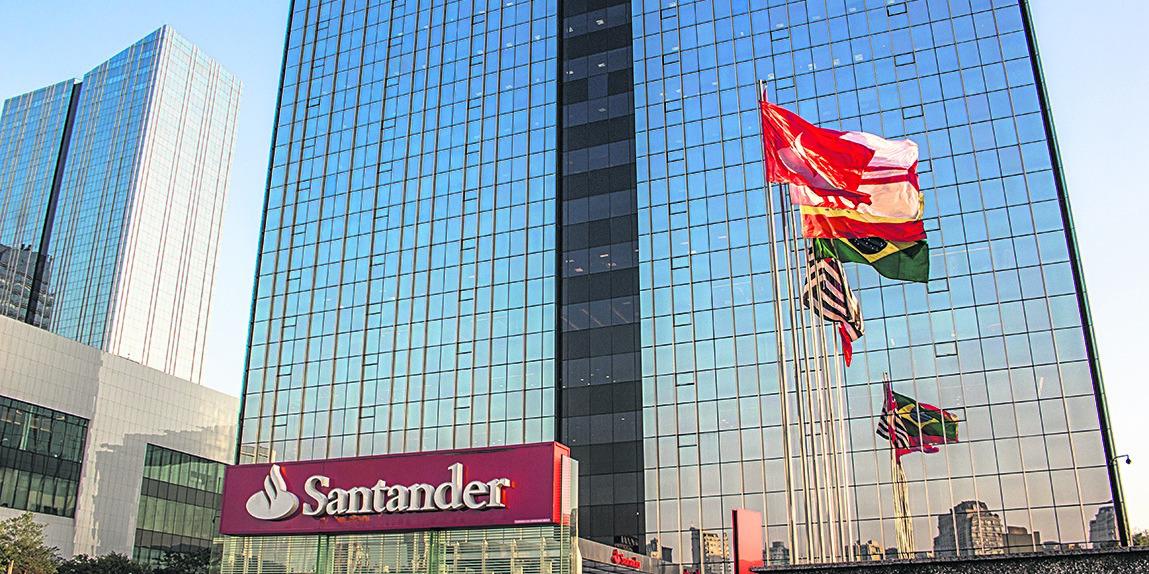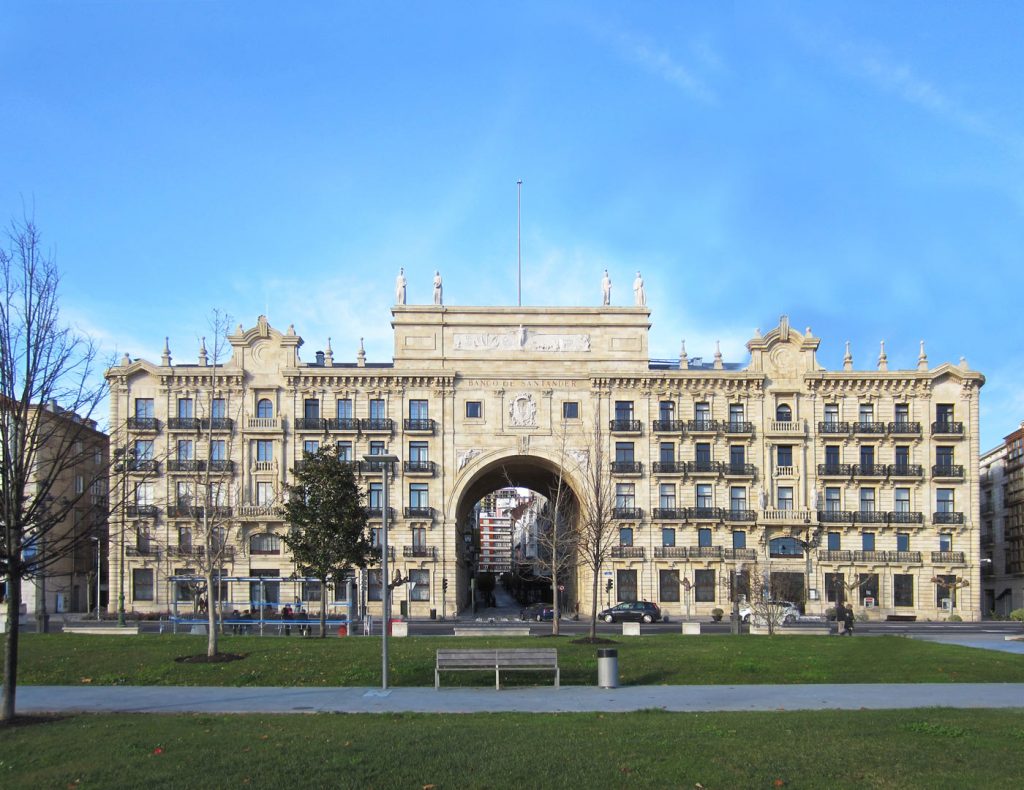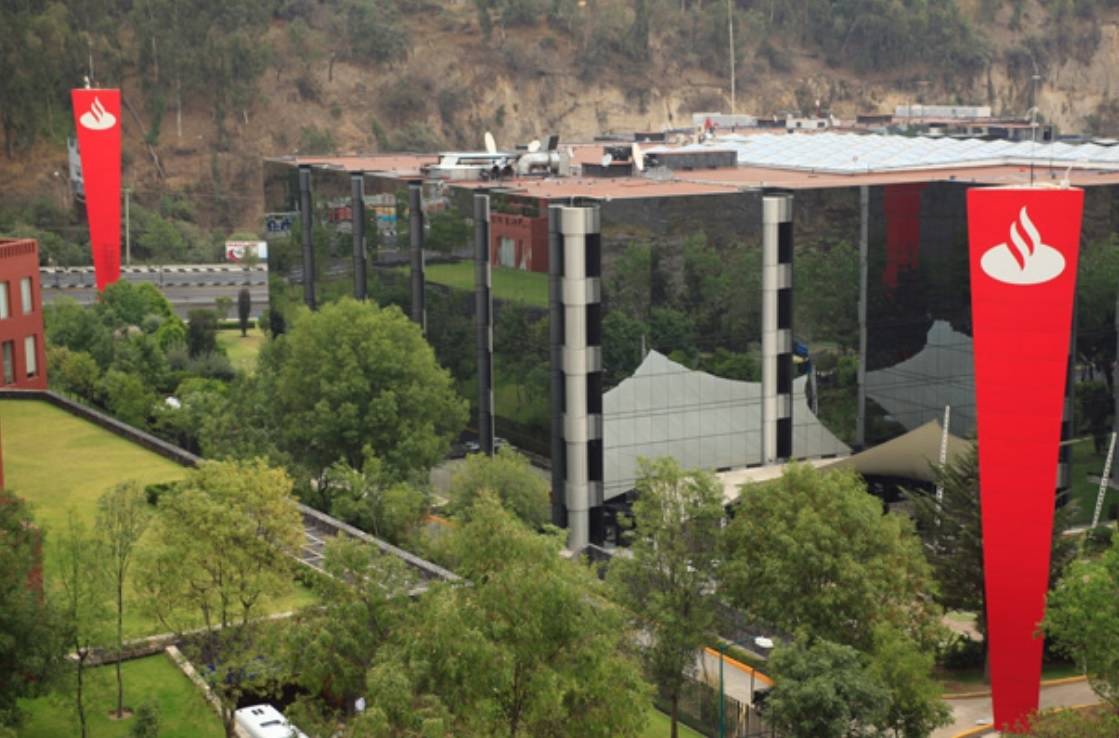RIO DE JANEIRO, BRAZIL – Banco Santander has decided to cut profits from the first half of the year to finance the Redundancy Plan (known as the ERE) agreed with the Spanish unions that will result in the dismissal of 3,223 employees and will cost the institution €600 million (R$2.5 billion).
As a result of this charge and others to the United Kingdom, the group presided over by Ana Botín recorded a net profit of €3.321 billion (R$13.94 billion) between January and June, 14 percent less than a year ago.

These actions for restructuring were planned as part of the bank’s plans to reduce its annual cost base in Europe by ten percent — €1 billion ( R$4.2 billion) — as announced by the institution on investor day on April 3rd. The bank will hold a shareholders’ meeting on Tuesday in Santander where it is expected to repurchase up to 25 percent of its subsidiary in Mexico that is not under its control.
Excluding the above-mentioned actions, total profit for the first half was €4.045 billion (R$16.98 billion), down 0.2 percent over the same quarter a year earlier, although it was two percent higher in constant euros (excluding the impact of exchange rates).
The bank, however, states that the result obtained in the second quarter of 2019 alone, €2.097 billion (R$8.8 billion), five percent more, is “the highest quarterly ordinary profit since 2011, driven by strong credit growth in Latin America, continuous improvement in profitability in North America, as well as cost reduction in Europe.”
Brazil remains the leading country with 29 percent of the profit, followed by Spain (13 percent), Santander Consumer Finance (13 percent), with a slight decrease in the result, the United Kingdom (11 percent) after earning 13 percent less by June, and the United States (nine percent), with a 30 percent improvement in earnings.
In Brazil alone, the consolidated result reached €1.673 billion (R$7 billion), an increase of 12.7 percent, and in Spain Santander gained five percent more, reaching €694 million (R$2.9 billion).
In addition to the cost in Spain, they also allocated €172 million (R$722 million) in the United Kingdom “for the optimization and restructuring related to a plan for potential payment protection insurance claims,” says the institution.
The Group suffered losses of €180 million (R$756 million) from the sale of a real estate portfolio in the first half-year, which was partially offset by a capital gain of €150 million (R$630 million) achieved with the sale of 51 percent of a payment method company in Argentina.
Ana Botín, president of Banco Santander, said: “The bank has made its best quarterly ordinary profit in eight years, reflecting the progress of our commercial and digital transformation.”

Account Margins on the Rise
All margins in the income statement show increases. Net interest income grew four percent in the first half-year (plus six percent in constant euros), while loans and deposits from customers increased four percent and six percent, respectively, in constant euros.
The bank increased the number of customers by one million in the quarter and already serves 142 million. The number of connected customers, those who use Santander as their main bank, has increased by ten percent in the last 12 months to 20.6 million. In other words, only 14.5 percent of all customers are connected.
The default rate fell by eleven basis points to 3.51 percent, and default allocations remained stable at 4.31 billion. The cost of credit, i.e. what the bank provides when it grants a loan, has also remained stable at 0.98 percent.
The institution continued to generate capital organically, with an additional eleven basis points in the quarter, bringing the CET1 capital rate to 11.30 percent at the end of June 2019, in line with its medium-term objective of 11-12 percent.
Santander obtained a return on tangible capital (Rote) of 11.7 percent and an accounting Rote of 10.5 percent. Owned tangible assets (TNAV) per share, a key measure of shareholder value, increased five percent over the last twelve months to €4.30 ( R$18.06) per share.
The bank closed the semester with 201,804 employees, almost 1,000 more than a year earlier. The number of shareholders was reduced by 2.4 percent to 4,054,208.
Board approves a capital increase for the Mexican subsidiary
Santander’s extraordinary general shareholders’ meeting on Tuesday approved “a capital increase for the acquisition of shares of Santander Mexico held by minority shareholders, representing 24.95 percent of its capital,” the institution said in a statement, which already holds the remaining capital.

Santander, the first in the eurozone in stock market capitalization, will increase its capital to €2.56 billion (R$10.75 billion), depending on demand, to buy the shares of its Mexican subsidiary that it does not yet own. The operation will consist of issuing and placing new shares in circulation, with which to perform an exchange.
“The shareholders of the Mexican subsidiary who decide to take part in the offer will receive 0.337 new shares of Santander for each share of Santander Mexico,” the Spanish institution said in its statement.
This proposal, he noted, “includes a premium of 140percent over the price at the end of the day prior to the offer announcement, and 22 percent over the weighted average price per volume for the month prior to the announcement.” The acceptance period should begin in August and end in September, Santander specified.
As the bank recalled, in 2018 its Mexican subsidiary obtained an attributed profit of €760 million (R$3.19 million) or eight percent of the group’s total profit. At the end of 2018, the subsidiary had 16.7 million customers in Mexico and 19,859 employees.
Santander President Ana Botín expressed confidence in Latin America’s second-largest economy, led by leftist Andrés Manuel López Obrador. “We believe that Mexico’s economy is attractive and is among the economies with the greatest potential in Latin America,” she said. “It offers an average profitability higher than that of other countries and it has a financial sector with strong potential due to the low banking market penetration in the country,” he added.

